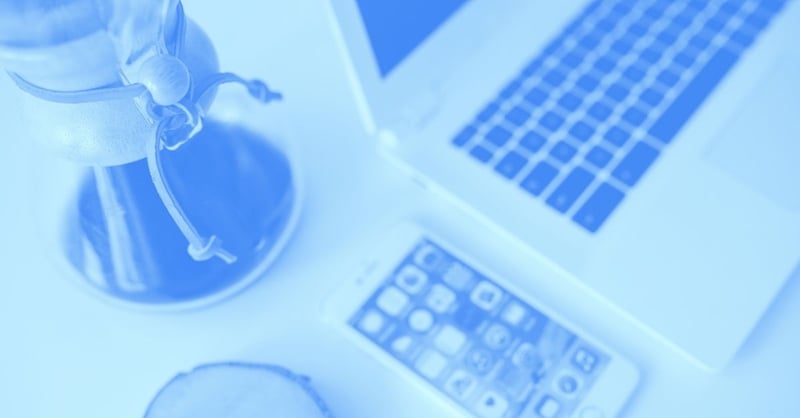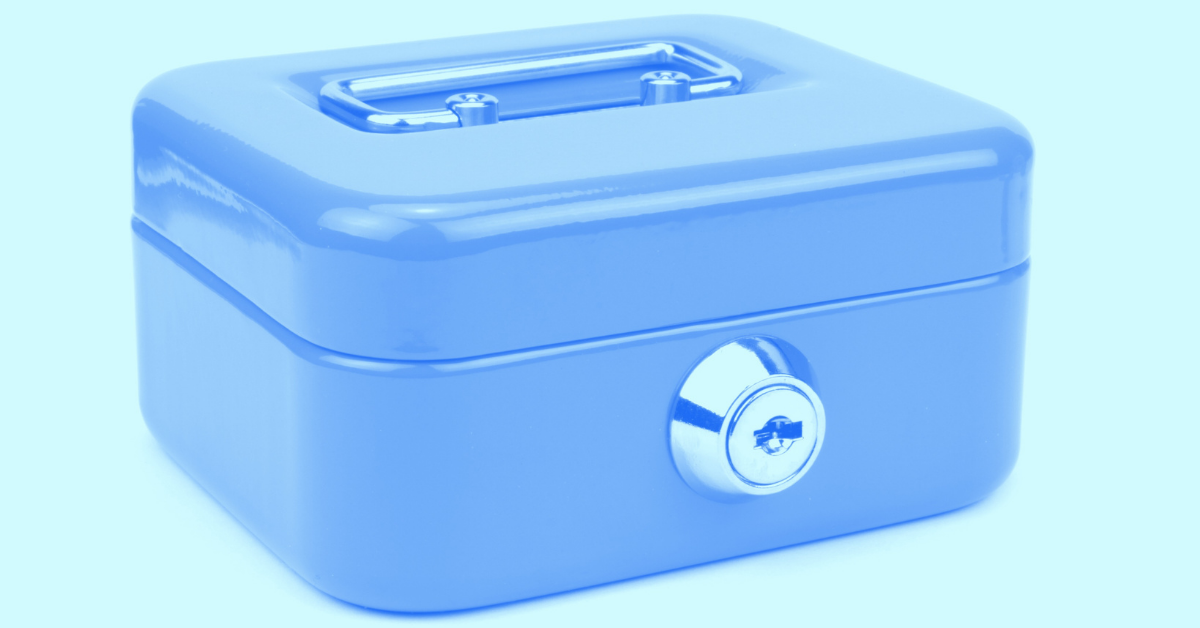Goodbudget Review: How to Do a Cash Budget, Without the Cash
Share this

There are tremendous benefits to putting yourself on a cash budget when you’re dedicated to taking control of your cash flow, savings, and debt repayment. The trick to being on a cash budget, though, is that -- well, it requires you to carry around a bunch of cash.
Not anymore! The Goodbudget app (formerly EEBA, the Easy Envelope Budget Aid) makes it possible to sync your accounts and track your spending using the envelope system, while allowing you to leave those envelopes at home.
When you’re on a cash budget, the boundaries are easy: there’s a dedicated amount of money to be spent in any one category in any one month, and when the money is gone, it’s gone.
No more hoping you can afford something, no more trying to remember your expenses in your head, no more wondering if you’re going to be on track at the end of the month. It’s all right there in your hand.
But is Goodbudget really as great as it sounds? Does it keep your financial information safe? Should you use it if you’re considering the envelope budget?
Our Goodbudget Review
We tapped a self-described cash budget enthusiast XYPNer to try Goodbudget and report her results so you can know what to expect. She used the old-fashioned envelope budget when she was single, and now that she’s married she’s looking for a way to make a cash budget work for two spenders with no clearly defined spending roles. Here’s what she found.
Getting Started with Goodbudget
Signing up for Goodbudget is straightforward. The only thing to decide before you sign up is whether you want the free or the paid version.
The free version gives you 10 “regular” envelopes, 10 “more” envelopes, 1 financial account, 2 devices, a year of history, and community support.
For $5/month or $45/year, you can have unlimited “regular” and “more” envelopes, unlimited accounts, 5 devices, 5 years of history, and email support. The only time you’ll enter any private financial information on Goodbudget is when you purchase a paid plan.
Once you click on that Get Started button, you’re taken to a page that asks for an email address, password, and plan selection. There’s also a phone number you can call or an email address where you can send any questions you have, as well as a side-by-side comparison of the two plans.
After I register, I’m taken to the dashboard. On the left, there’s a column with two tabs: envelopes, and accounts. On the right, there’s a section that lists all my transactions. From there, I can search transactions, import transactions from a file I’d get from my bank account, or export everything in a CSV. I also see an option to generate helpful reports on spending, balances, income, etc.
Getting My Budget Set Up
I click on the Envelopes tab and click on Add/Edit. I’ve already planned what my envelopes will be, so setting them up is easy. I can even decide which envelopes will roll over their remaining cash to next month and which ones will return their leftovers to the pot.
In addition to the regular monthly envelopes, there are Goal/Annual Envelopes, which allow me to save up a certain amount each month toward an annual expense, like holiday gifts or car insurance, as well as one-time big expenses like a car or a wedding.
I also need to set up my accounts. There’s a section for checking/savings/cash accounts and a section for credit cards. They’re called credit cards, but really you can use them to track the balances of any debts you have.
It’s also possible to turn off the accounts and use Goodbudget just to track your spending and income without tracking which account(s) the money funnels through.
Adding Income and Transaction Information
Goodbudget lets you track both income and spending, and you input both of these in the Add Transaction section. You can also transfer money from one envelope to another or from the pot of unallocated funds to an envelope, and that’s done in the transaction feature.
You can schedule any kind of transaction in advance, and you can also set up recurring transactions -- for example, your paycheck or your health insurance premiums. There’s an option to get an email notification anytime a scheduled or recurring transaction occurs.
As you spend or receive money through the month, you can enter each transaction manually on the website or in the mobile app. There’s a neat feature in Goodbudget that allows the app to remember your location when you enter a transaction and suggest the same information next time you enter a transaction in that spot.
Transactions can be imported in bulk from Quicken (QFX), MS Money (OFX) or CSV files, and your financial institutions will provide at least one of these file types for you to export. Once you’ve uploaded the file, Goodbudget will match up the imported transactions with any transactions you’ve already inputted.
You can then assign any new transactions to their envelopes by dragging each one to the corresponding envelope.
I found the website easy to use, and the help documents are easy to access and excellent. Once I was able to get everything set up, I downloaded the app onto my smartphone. When I logged in the first time, everything was ready to go.
Making any major changes or doing anything in bulk would be much easier to do on the web, but the main feature -- transactions -- is easy to do on either interface.
Deleting Device Access and/or Your Account
Managing access to your Goodbudget account is straightforward. If you want to keep track of the devices connected to your account, click on My Household and then on Manage Devices. You’ll see a list of all the devices used to connect to your account. From there, you can revoke access if you want.
To delete your account, click on My Household, click on Close Household, and hit the red confirmation button. It’s that simple.
Pros and Cons of Goodbudget for Cash Budgeting
Overall, I’m really happy with what Goodbudget delivers. I’m able to set up a cash budgeting system that two people can use. We’re able to keep using our credit cards, which we like, and we don’t have to carry around envelopes of cash. This will make staying on track with our budget a lot easier.
The web-based interface is robust and easy to use, and connecting multiple devices is seamless. This is the part I’m most excited about, since two people are spending from this one budget.
That said, there’s one main thing about Goodbudget that might make it less than ideal for some people. There’s no way to connect to your accounts with financial institutions; any transaction information has to be entered or imported. Bulk importing makes the task much easier, but it’s still an inconvenience if you want something that does everything for you.
Ultimately, I found Goodbudget to be a great tool for setting up and living by a cash budget without having to deal with trips to the bank and keeping track of envelopes of cash. I’m really happy to have found it.

About the Author: Ashley Gainer is a writer and coach who makes great content for entrepreneurs and small businesses and teaches other writers how to do the same. You can find her online at ashleygainer.com or on Twitter @ageditorial.
Share this
Subscribe by email
You May Also Like
These Related Stories

Should I Pay Down My Debt or Invest My Extra Cash?

How Can You Build Your Credit Score?



